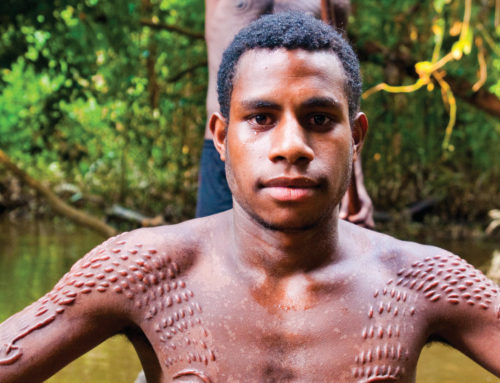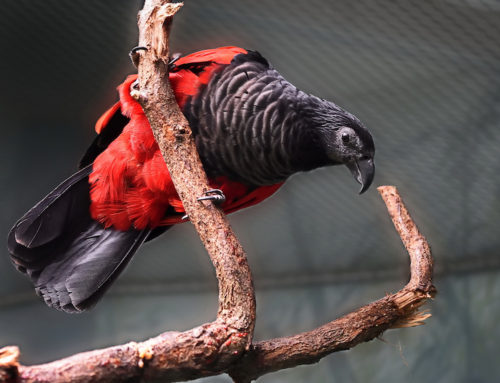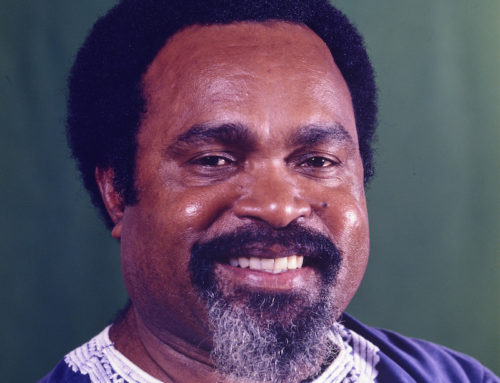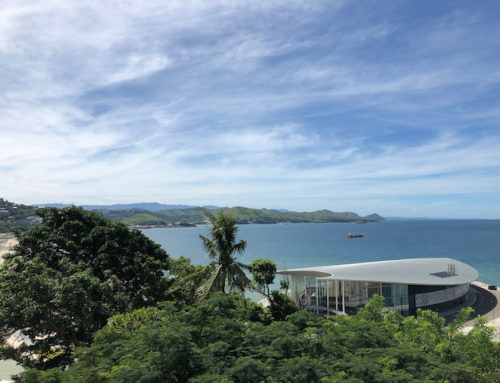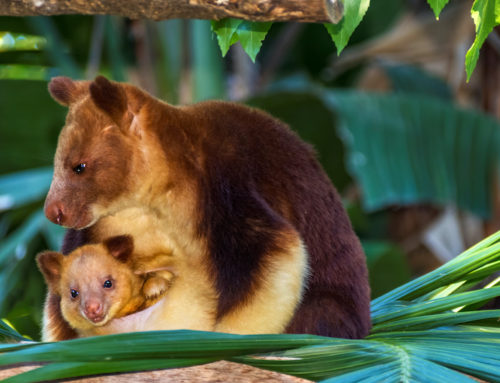Traditional Sounds of PNG
Thursday 23rd January 2020

Known as a place of ancient ritual and beauty, Papua New Guinea is also a nation of music, offering up its own unique soundtrack.
From the sing-songs that occur at gatherings across the country to a variety of musical instruments used, here’s a snapshot of just some of the traditional sounds of PNG.
Singing
For generations, music has been used not just as a reflection of emotion, mourning and celebration but also as a tool for communication.
The songs of Papua New Guinea encompass the diverse languages the country is famed for, with many still sung in traditional dialects and passed down in original form.
Often featuring a lead singer, accompanied by a choir or the entire community, these songs tell the story of PNG and its people. They reflect their history, with music used in both peacetime and tribal war.
Instruments
Accompanying the singing is a variety of musical instruments. These range from traditional instruments crafted from natural products to introduced items which arrived in PNG as a result of contact with missionaries and explorers.
Indigenous instruments include woodwind variations of flutes and trumpets but also extend to the rhythmic, soul-stirring beat of the Kundu drum.
Flutes
Larger than their western counterparts, flutes in PNG are considered sacred and their use is often restricted to men only. They are crafted from lengths of hollow bamboo and often decorated with feathers and other ornate etchings or attachments.
Some resemble pan pipes, offering different tones and notes through the variation of the bamboo lengths incorporated, while others feature just a single length of bamboo, with holes to provide different notes.
Trumpets
Made from natural elements like bamboo, conch shells or even stone, trumpets are commonly used throughout PNG, from the highlands to the Sepik and coastal communities.
In many cases, these were employed for musical purposes, but in some instances, they served as a warning – warding off evil spirits or indicating the presence of illness within a community.
Drums
Comprising materials such as wood and stretched lizard skin, the sound of drums is almost synonymous with PNG. Here, drums exist in all manner of shapes and sizes – from cylindrical to hour-glass.
Known in Pidgin English as Kundu, these skin drums provide the rhythm and resonance of many traditional ceremonies.
Idiophones
Defined as instruments that resonate in time with the player’s actions, PNG’s idiophones include seed pods which are rattled, slit drums which are struck with an implement, and instruments that are rubbed with a rasp or even stomped upon.
They vary from region to region, depending on the natural materials available.
Introduced music and instruments
In addition to the traditional soundtrack of PNG, contact with other cultures across the centuries has resulted in introduced music and instruments.
The early influence of missionaries has seen a widespread love and adoption of gospel music, while the influx of miners and then soldiers in WWII saw the introduction of ukuleles and guitars.
It’s also noted television has helped shape PNG’s recent musical culture, introducing styles like reggae.
About Paga Hill Estate
Paga Hill Estate is a world-class, master-planned estate in the heart of Port Moresby, Papua New Guinea. The waterfront site is the first comprehensively planned multi-use development in Papua New Guinea to be enjoyed by both residents and visitors alike.
The all-inclusive development will include vibrant public spaces and waterfront promenade, luxury hotels, residential apartments, restaurants, retail, commercial space, a Trade, Exhibition & Cultural Centre, restoration of WWII relics, marina precinct and a nearby international cruise liner terminal.



